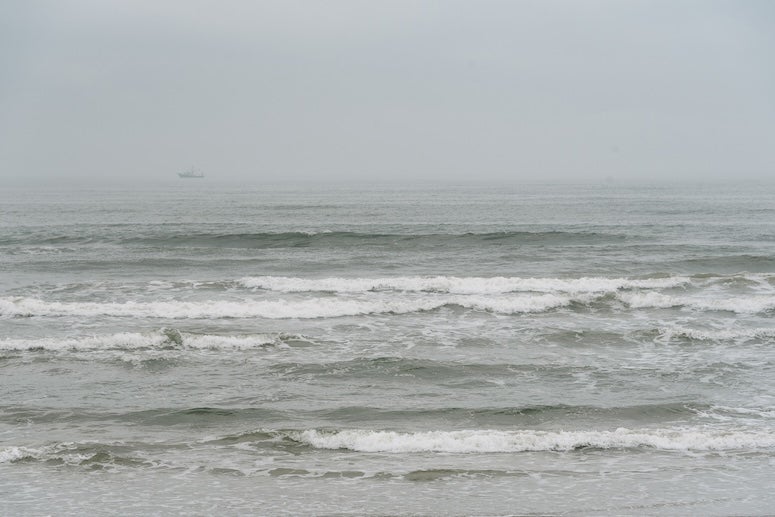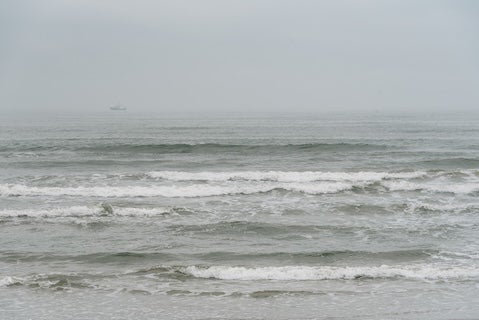Globally, 800 million people living in hundreds of urban areas will face grave social and economic risks from sea level rise and routine coastal flooding by 2050. Projected losses include damage to industrial infrastructures that when ruptured can threaten the long-term resilience of local economies, ecosystems, communities and public health.
Rice University’s newly established Center for Coastal Futures and Adaptive Resilience (CFAR) will address the vulnerabilities of Gulf Coast cities — especially those with significant economic production — by conducting interdisciplinary research focused on aiding vulnerable and underserved communities, building partnerships across Houston to accelerate the mitigation of coastal risks and improving adaptive resilience in the city by producing new data and analysis that can benefit other industrial cities along the Gulf Coast and beyond.
“With approximately 40% of the world's population residing in coastal communities, Rice University is uniquely positioned to harness its interdisciplinary expertise and strategic coastal location to lead in the study of climate change and the development of effective strategies for environmental, economic and social challenges," said Rice President Reginald DesRoches.
“CFAR will be a hub for the many social scientists working on issues of climate and sustainability within our school, promoting collaborations across campus and helping to guide the future of coastal communities across the Gulf Coast and in other similar areas throughout the world,” said Rachel Kimbro, dean of Rice’s School of Social Sciences.
The center will be led by Dominic Boyer, a professor of anthropology at Rice, and Jim Elliott, professor and department chair of sociology.
“To be leaders on climate adaptation and resilience, we need to partner cutting-edge natural and engineering sciences with equally transformative social science,” Elliott said. “So many of the challenges facing our coastal communities stem as much from systemic inequities as from the changing built and natural environments in which we live. As social scientists, we’re thinking about how all of these factors intersect as we empower new, broad-based solutions.”
The interdisciplinary approach of the center will be steeped in social sciences research, which Boyer and Elliott said is critical and has been absent from much of the past research on mitigation work. They said designing interventions and solutions in consultation with scientists and the areas served will streamline and shorten processes while leading to increased community buy-in and better outcomes for all affected.
“Part of what we’re trying to do is to design work on climate resilience issues that has the social sciences at the center rather than at the periphery,” Boyer said. “The work of our colleagues in engineering and natural sciences is critical, but we’re trying to create a more balanced relationship between the expertise of the different disciplines. Many of the challenges we face these days in terms of climate resilience are no longer things that can be solved by engineering alone.”
Boyer said a good example of this in Houston is stormwater control.
“The engineering solutions are really important, but they take an awfully long time to make,” he said. “And because they are also very expensive, they are politically charged and frequently controversial and as Hurricane Harvey taught us are clearly not keeping pace with a changing climate. So this is an example of a situation where we can activate community engagement to develop alternatives to top-down solutions and build the kind of civil society commitments that are going to be necessary to make a city like Houston, in its increasingly precarious place in the world, into a city that can endure and thrive throughout the 21st century. We think the social sciences are really critical for this.”
Both directors said Rice is uniquely positioned to lead these Gulf Coast resilience efforts given the strength of the university’s School of Social Sciences, interdisciplinary relationships within Rice and solid partnerships with community organizations in Houston. And they agree the center’s location in Houston is ideal, noting that Houston faces widespread urban adaptation gaps created by the absence of integrated planning to protect communities.
“Nowhere are these gaps and challenges greater than in Houston, where waterfront port facilities, chemical plants and oil and gas operations comingle with residential populations,” Elliott said.
Unlike tourist-oriented coastal communities, coastal industrial communities like Houston are disproportionately populated by low-income minority communities with significant shares of children, elderly and people with disabilities.
“These vulnerabilities converge and make coastal industrial communities in general, and Houston in particular, an ideal location to develop and execute ideas and research that makes an impact for the better,” Boyer said.
More information about the center is online at https://cfar.rice.edu.


